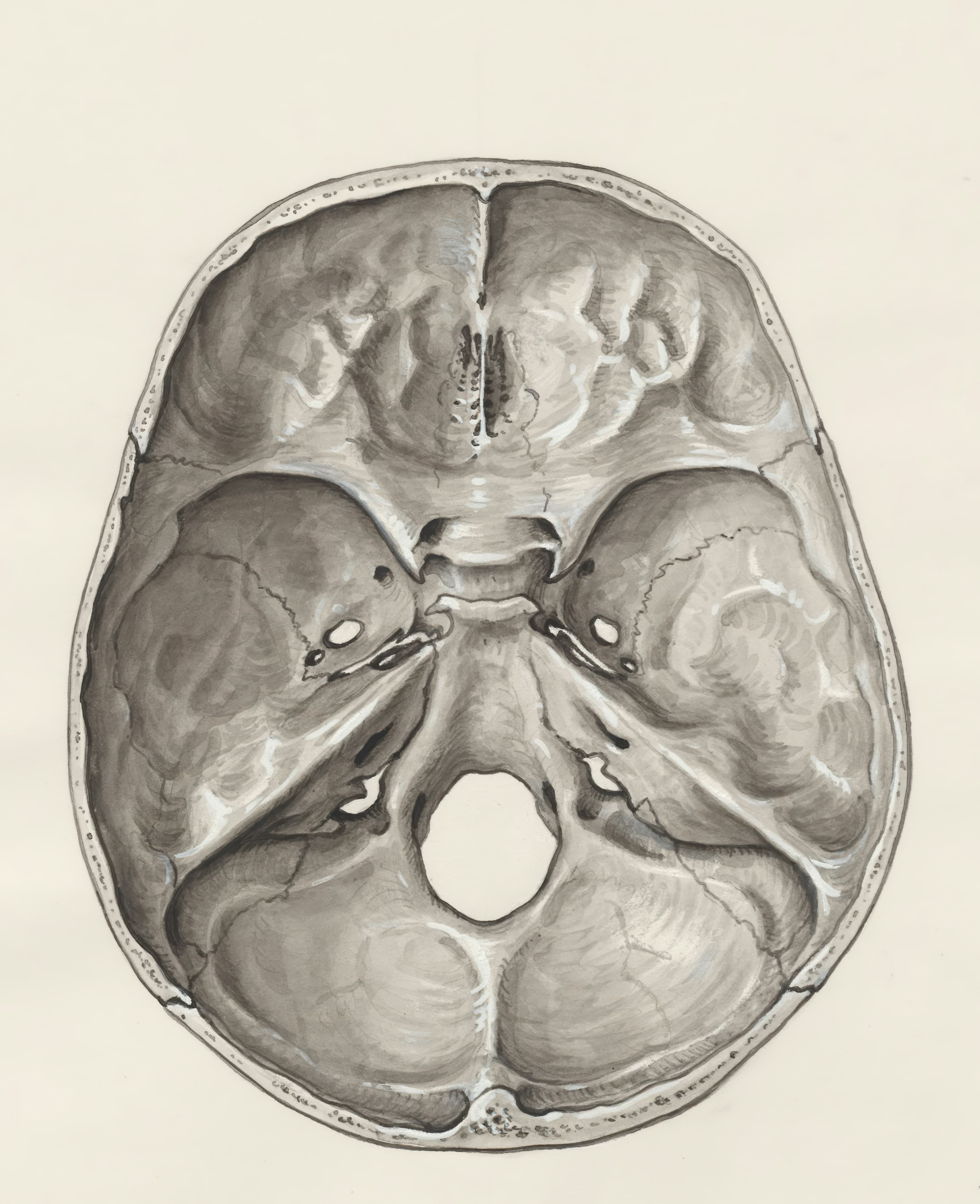An anxiety attack, also known as a panic attack, is an intense episode of fear or discomfort accompanied by debilitating physical and psychological symptoms. These attacks can occur suddenly, often without any apparent trigger, and can be frightening and overwhelming.
What is an Anxiety Attack?
The Triggering Factors: What Precipitates an Attack?
Anxiety attacks can be triggered by various factors, including stress, traumatic events, phobias, or even certain medications or substances. For some individuals, certain situations or environments might act as triggers, leading to an anxiety attack.
Understanding and identifying these triggering factors can be challenging, but it is a crucial step in effectively managing and reducing the occurrence of anxiety attacks.
Anxiety Attack vs. Panic Attack: The Distinctions
The terms "anxiety attack" and "panic attack" are often used interchangeably, but there are slight distinctions between the two. While anxiety attacks are typically triggered by specific stressors or worries, panic attacks tend to have a more spontaneous onset, with no apparent trigger. Both types of attacks share similar symptoms but differ in their causative factors.
Recognizing the Symptoms of an Anxiety Attack
Anxiety attacks can manifest through a range of physical, emotional, and cognitive symptoms. Recognizing these symptoms is crucial in identifying an anxiety attack and seeking appropriate support.
Navigating the Symptoms of an Anxiety Attack
- Physical Manifestations: From Palpitations to Shortness of Breath: Anxiety attacks can lead to physical symptoms such as rapid heartbeat, shortness of breath, chest tightness, dizziness, and trembling. Recognizing and understanding these physical manifestations can help differentiate an anxiety attack from other medical conditions.
- Emotional and Cognitive Symptoms: Overwhelming Fear and Intrusive Thoughts: Anxiety attacks often entail overwhelming fear, a sense of impending doom, or a loss of control. Intrusive thoughts, excessive worrying, difficulty concentrating, and a feeling of detachment from reality may also accompany an attack.
Practical Strategies to Calm an Anxiety Attack
While anxiety attacks can be distressing, there are practical strategies that can help manage and alleviate the symptoms during an episode. Here are some techniques to consider:
- Immediate Steps to Ground Yourself: Try grounding techniques, such as focusing on your senses or engaging in a calming activity that brings you back to the present moment. This can help divert attention from anxious thoughts and promote a sense of stability.
- Breathing Techniques and Mindfulness Practices: Deep breathing exercises, progressive muscle relaxation, and mindfulness practices can help regulate your breathing and promote relaxation during an anxiety attack. These techniques can be practiced regularly to build resilience and reduce the frequency of attacks.
Stopping an Anxiety Attack: Long-Term Solutions
While immediate strategies can be effective during an anxiety attack, it is important to explore long-term solutions to manage and prevent future episodes. Seeking professional guidance, such as therapy or counseling, can provide valuable tools and support in understanding and addressing the root causes of anxiety attacks.
In conclusion, anxiety attacks can be debilitating, but through understanding their triggers, recognizing their symptoms, and adopting effective coping strategies, it is possible to regain control and manage these episodes. Remember, seeking professional help is essential in developing a comprehensive plan for long-term management and ensuring your well-being.





